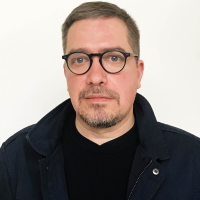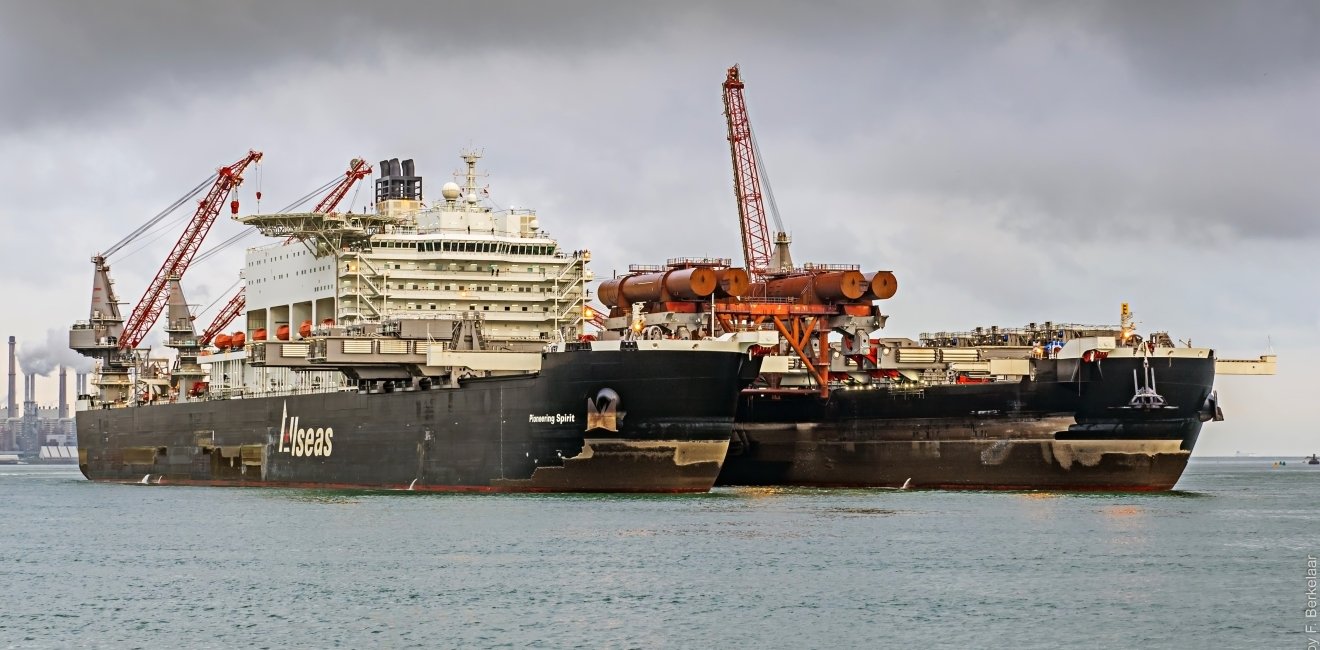
A blog of the Kennan Institute
BY MAXIM TRUDOLYUBOV
A natural gas pipeline stretching from central Russia across the Baltic Sea to Germany is at the epicenter of an international conflict over the attempted murder of Alexei Navalny, a politician opposing the Russian President Vladimir Putin.
On Monday, Navalny’s condition improved and the German doctors treating him took him out of a medically induced coma. After the August 20 poisoning, Navalny was airlifted from the Siberian city of Omsk to Germany, where he spent more than two weeks in a coma while the Berlin Charité doctors treated him.
In early September, the German government said it was “beyond doubt” that a military grade nerve agent was used to poison Navalny. The German army chemical weapons specialists identified the substance as belonging to the Novichok family, a group of agents developed in the Soviet Union in the 1970s and 1980s. In 2018, two Russian agents used a similar substance in an attack on the former spy Sergey Skripal in Salisbury, England. Bulgarian and British authorities are investigating a link between the Skripal case and the suspicious poisoning, in 2015, of the Bulgarian arms factory owner and trader Emilian Gebrev.
For the past two weeks, pressure has been mounting on the German government to make its stance on the matter credible. The unfinished Nord Stream 2 pipeline has been seen as one of the few pressure points Berlin can apply against Moscow. Ever since the news of the Navalny poisoning, both opposition figures and representatives of the country’s ruling coalition have been calling on Chancellor Angela Merkel to include the pipeline in the potential sanctions package against the Russian government.
Originally, Merkel sought to decouple the Navalny case from the pipeline as a “commercially-driven enterprise,” but on Monday she acquiesced to her critics and said, through a spokesperson, that it was wrong to rule anything out.
Germany and Russia are the main beneficiaries of the $11 billion pipeline project. If the pipeline is put into operation, Russia would bypass Ukraine, which for decades has been the main transit country for Russia’s gas but with which Russia has ruined its relationship by annexing Crimea and invading eastern Ukraine. Ukraine, Poland and Slovakia would lose their transit fees once the Nord Stream 2 pipeline is operational. Germany, with the pipeline built, would get cheaper Russian gas as it phases out coal and nuclear energy, while also becoming the main hub for Gazprom’s gas in Europe.
With Berlin ready to pull its main lever against Moscow, it is unclear whether the German politicians actually have it at their disposal. A bipartisan bill enacted last December under the US National Defense Act sanctioned companies and individuals providing deep-sea pipelaying services for Nord Stream 2 and for TurkStream, another Gazprom pipeline constructed to transport gas from Russia to Turkey. The US move caused Gazprom’s Swiss contractor, Allseas Group, to withdraw its pipelaying vessels, including Pioneering Spirit, the largest construction ship in the world and the world’s largest vessel by gross tonnage.
When defending the sanctions, US officials said Nord Stream 2 would make Europe too dependent on Russia. “We’re supposed to protect Germany from Russia, but Germany is paying Russia billions of dollars for energy coming from a pipeline, brand new pipeline,” US president Donald Trump said at one of his rallies in June. It is clear that the United States is also trying to clear the market in order to increase the sales of its own gas to European clients. In June, members of the US Congress proposed expanding the current sanctions against Nord Stream 2 to include insurers, certifiers, and other companies working on the project.
And yet this does not mean that the Kremlin’s battles are with the United States only and that Germany or the EU have no agency in the matter. A Nord Stream 2 that has Germany’s full backing and a Nord Stream 2 that has no such backing are two different projects. Of course, the US sanctions pose an obstacle to completing the pipeline, but with German support a solution could be found. The United States can put restrictions on a pipelaying company but cannot sanction a seaport of a sovereign nation, in this case the German town of Sassnitz, the logistical hub for the completion of Nord Stream 2 (though theoretically, the United States could sanction companies dealing with the port).
Prior to the attempt on Alexei Navalny’s life, the German government had adopted a harsh stance toward the US sanctions. Chancellor Merkel decried them as “not compatible” with Germany’s understanding of legal standards and called on the project to be completed. Even the EU, which finds it notoriously hard to unite on anything, was mulling a coordinated response to the sanctions. Josep Borrell, the EU’s High Representative, was saying in June that the bloc was preparing a “reinforced sanctions mechanism” to respond to US measures.
Understanding from the start that time was of the essence, Gazprom pushed its contractors to work at breakneck speed while it still had okays from all the parties involved. Construction started in 2018 and was approaching completion by December 2019. The haste was in and of itself an indication of the Kremlin’s priorities. When the United States hit Nord Stream 2 with sanctions, only 6 percent of the 1,230-kilometer (764-mile) pipeline remained unfinished. If it were not for delays caused by environmental concerns in the countries on the pipeline’s route, construction would have been finished before December 2019.
Time is still of the essence, but in a different sense now. What has changed drastically since last year is the market situation. Last year the Kremlin thought it had no time to lose in building the pipeline. This year, it turns out, the Kremlin—and Germany, for that matter—have years to go before they actually need the pipeline. Because of the COVID-19-related fall in industrial demand, the warm winter, and large quantities of fuel left in storage, Europe is flooded with cheap gas now. Since May, gas prices have stayed below the levels that are economically viable for Gazprom, so the company is not interested in increasing supply before the market recovers, which might take years. On top of that, late last year Gazprom reached a transit deal with Ukraine that provides the country’s pipelines with guaranteed amounts of transit gas up until 2024. This takes even more pressure off an immediate completion of Nord Stream 2.
This is why Moscow is keeping its cool. It will never admit it had anything to do with the poisoning of Navalny. And it is not going to beg for the pipeline to be completed now. The Kremlin can afford to bide its time and hope that by the time Nord Stream 2 makes economic sense, German, European, and American winds will have changed. German politicians likewise can afford to say they are sealing the project off until Russia improves its act. Today’s concerns will be forgotten in a few years. Most of the current Western leaders will be gone by then, whereas Putin will likely still be around. When the Kremlin once again front-burners the project, it is important not to forget what was at stake in 2020.
The opinions expressed in this article are those solely of the author and do not reflect the views of the Kennan Institute.
Author

Editor-at-Large, Meduza

Kennan Institute
After more than 50 years as a vital part of the Wilson Center legacy, the Kennan Institute has become an independent think tank. You can find the current website for the Kennan Institute at kennaninstitute.org. Please look for future announcements about partnership activities between the Wilson Center and the Kennan Institute at Wilson Center Press Room. The Kennan Institute is the premier US center for advanced research on Eurasia and the oldest and largest regional program at the Woodrow Wilson International Center for Scholars. The Kennan Institute is committed to improving American understanding of Russia, Ukraine, Central Asia, the South Caucasus, and the surrounding region through research and exchange. Read more

Explore More in The Russia File
Browse The Russia File
Chechnya as a Model of Modern Russia

Russia’s Indigenous Communities and the War in Ukraine

Gas and Power in a Changing US–Russia Relationship

